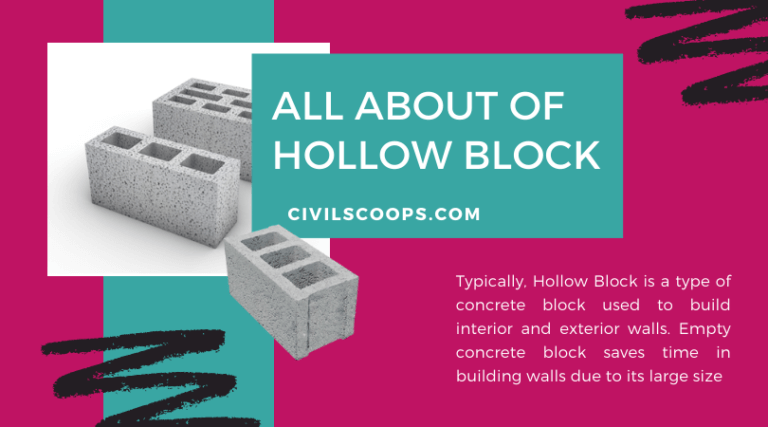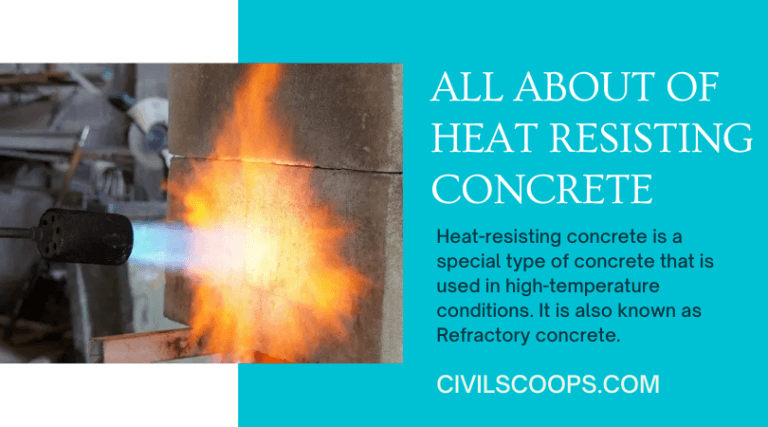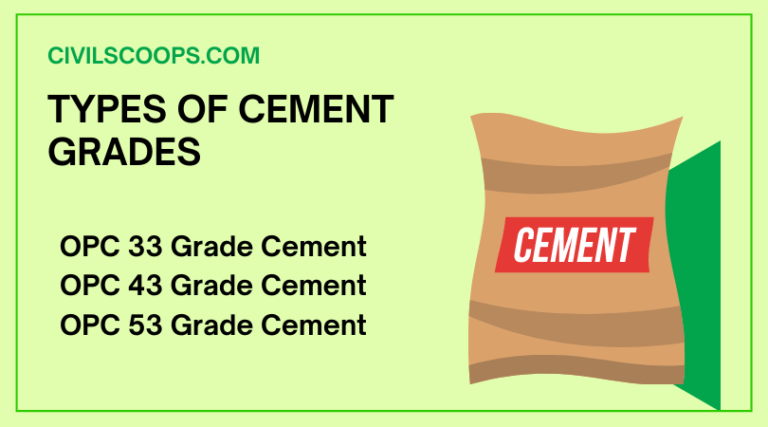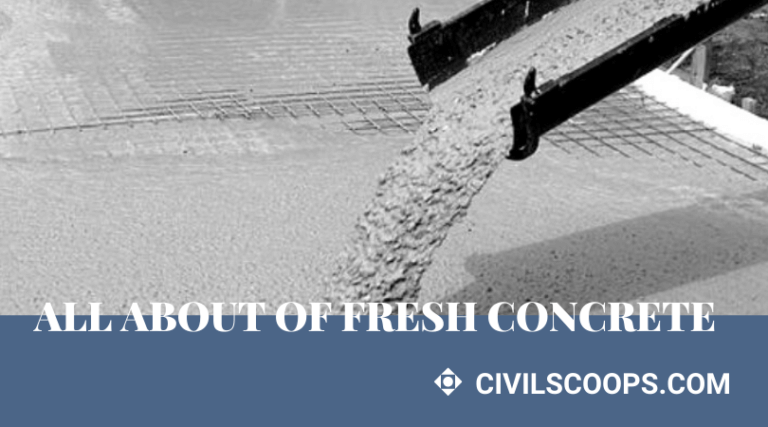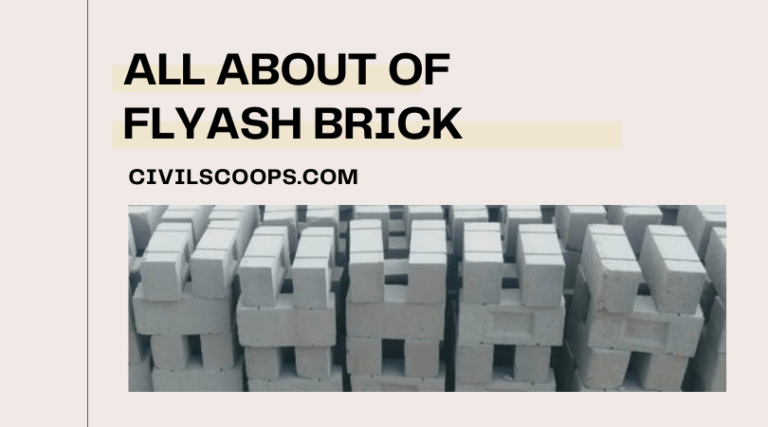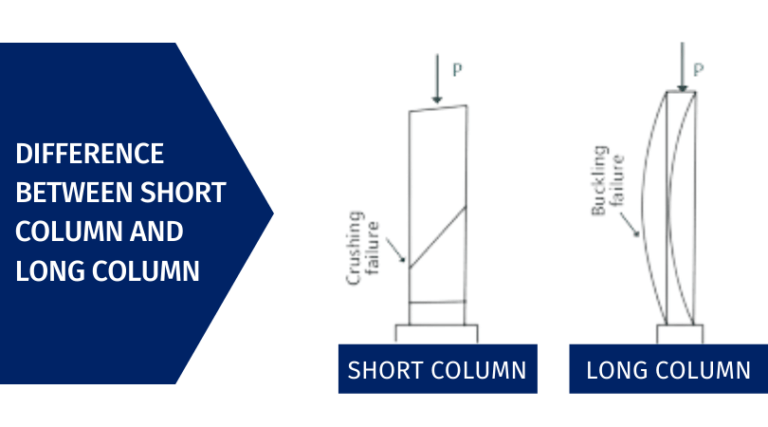Hollow Block | Hollow Concrete Block | Hollow Concrete Block Size |Hollow Concrete Block Advantage | Hollow Concrete Block Disadvantage | Hollow Concrete Wall | Hollow Block Construction | Size of Hollow Blocks | How to Make Hollow Blocks
Introduction Hollow Block Typically, Hollow Block is a type of concrete block used to build interior and exterior walls. Empty concrete block saves time in building walls due to its large size. Due to its load capacity, Hollow Block plays an important role in the construction industry. Hollow Block are made using a mold and…

